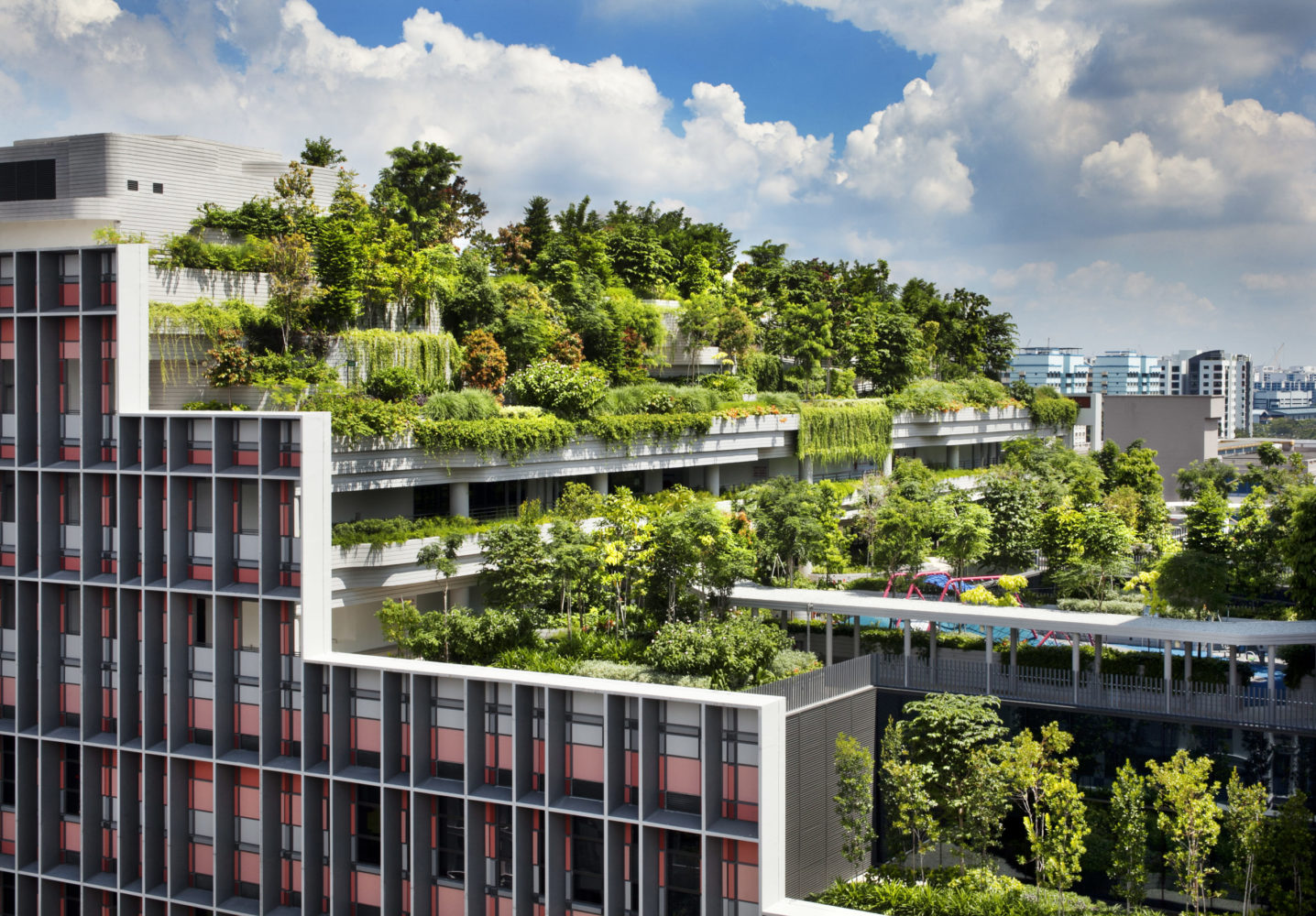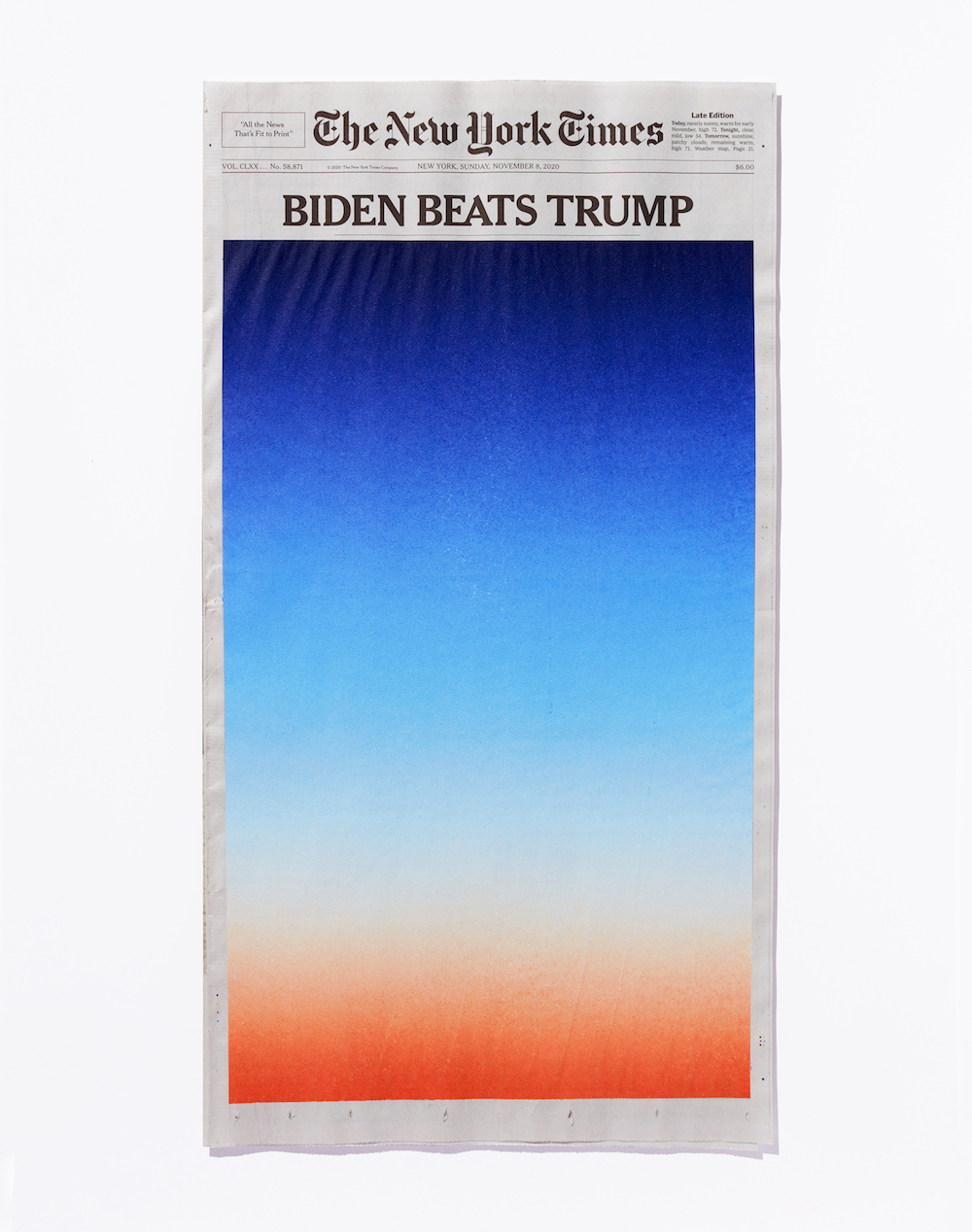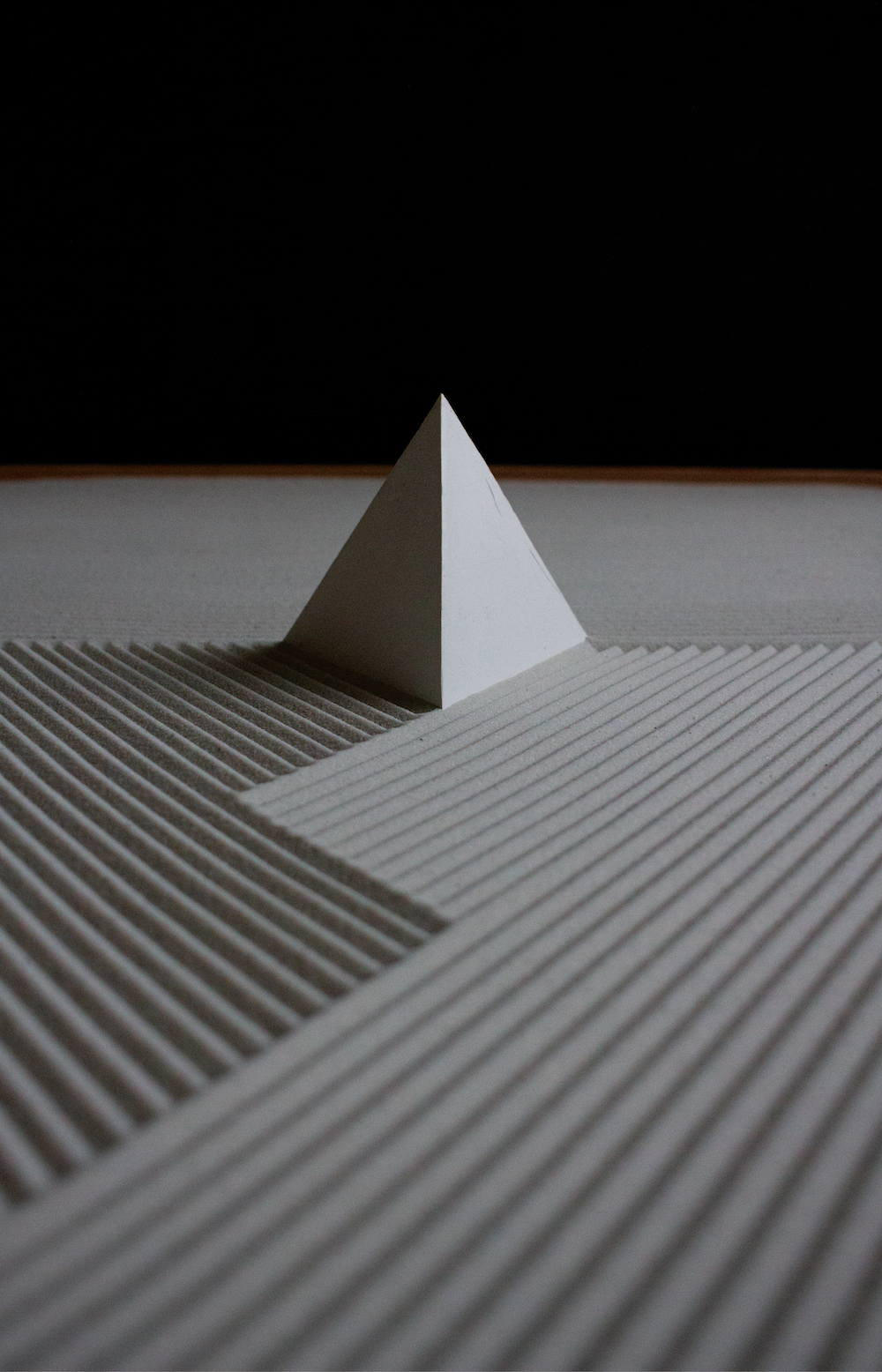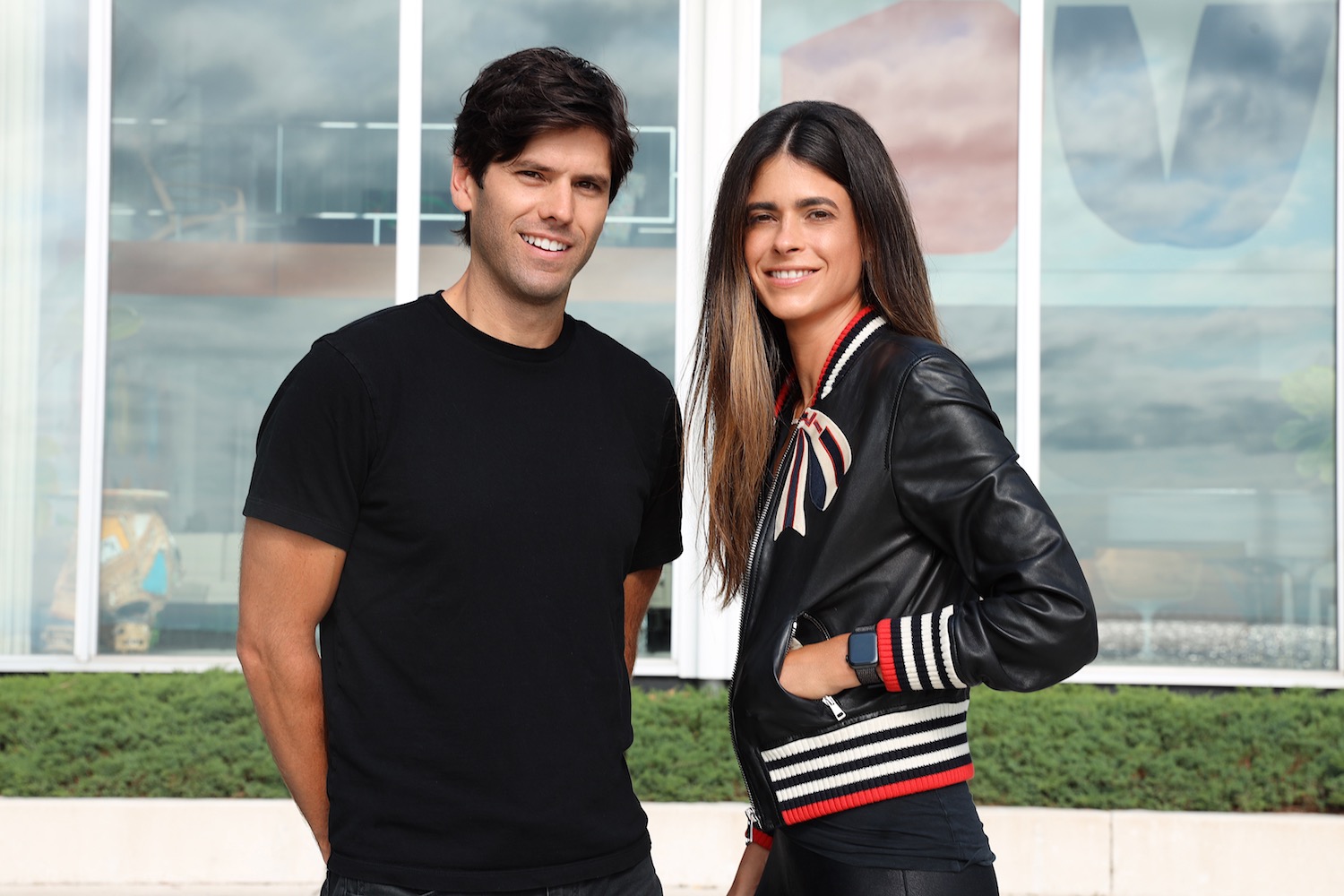In 1994, Richard Hassell and Wong Mun Summ founded the architecture firm WOHA in Singapore to tackle design’s pitfalls. Climate change, declining biodiversity, population growth, and the negative impact of urbanization were key concerns.
From master planning and building design to interior and product design, WOHA has amassed a portfolio in Australia, Bangladesh, China, Indonesia, Malaysia, Singapore, Taiwan, Thailand, and the United Arab Emirates. They’ve designed schools, churches, resorts, airport extensions, train stations, multi-use districts, and commercial and residential projects that bring people and civic landscaping eco-friendly and community-forward solutions for not just a better day today, but tomorrow, too.
Water-covered glass roofs act as refection pools and skylights, lending a look into eco-friendly solutions; prefabricated multifunctional rooms are implanted into structures to cut down on manpower and construction duration; filigree floral cages filled with tropical vegetation soften the surroundings, relocating indoor dwellers to the tropics; and covered walkways under canopies of conserved trees provide ventilation and a comfortable microclimate for gathering spots. Renowned for their approach to biophilic design and nature- based solutions, WOHA emphasizes interconnectivity and community.
Whitewall spoke with Hassell about WOHA designing high-density, high-amenity living situations while bringing biodiversity back to urban environments.
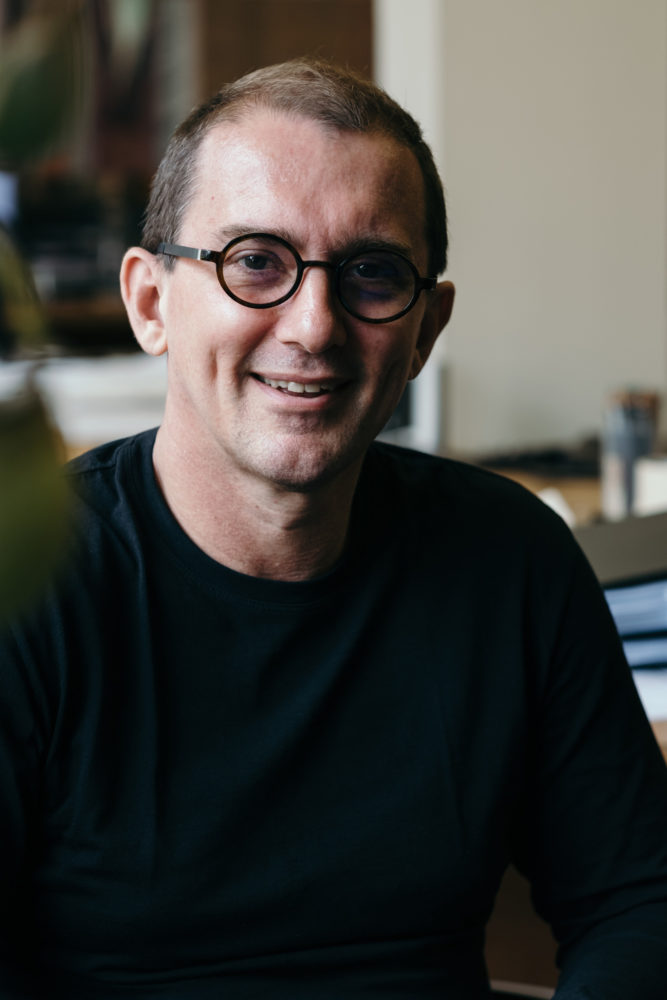
Portrait of Richard Hassell by Studio Periphery.
WHITEWALL: How has the mission of WOHA evolved since its founding in 1994?
RICHARD HASSELL: I don’t think that our design ethos or our values have changed over the past decades. What’s mainly changed is the size of our firm and the scale of our projects.
When Mun Summ and I were at university, the world had just been through a massive oil crisis. Our design approach was shaped by our education in addressing the energy crisis. We started WOHA because we wanted to do more projects in line with our values. We started small, just the two of us. At that time, we had a few small projects where we could demonstrate our skill. After that, we were very keen to move from housing into larger projects.
We were always interested in big ideas and have seen design as an activity that creates the future. That is why public buildings, urbanism, transportation, and infrastructure are really interesting to us, and over two decades our projects have increased in scale and diversity.
To us, the most important focus as architects is the challenge of how to live in a way that doesn’t destroy the planet. The worst-case climate and biodiversity crisis we are experiencing, and this pandemic, have made it obvious that a shift in attitude and decisive action is more urgent than ever.
WW: How is the firm using its projects to tackle global challenges, such as climate change, loss of biodiversity, population growth, and urbanization?
RH: We’ve developed a “systems approach” in which we view every project as part of larger social, economic, and environmental systems—be that on a precinct or city level. Our buildings interact with their context, the people, and nature. To achieve that, we can’t have tunnel vision where we see our building as an isolated object. We think it’s important to set up situations in which positive feedback loops can start happening and build connections that spark new relationships and greater productivity.
For instance, high-rise greenery is not just for the inhabitants or users of the building—it has a biophilic effect for anyone who looks at it, be that a neighbor or someone who walks past it. It performs environmental services like filtering the air, blocking out noise, absorbing heat, providing habitat for animals, which in turn increases biodiversity. Planting the greenery creates rippling effects, which forge positive relationships between a development, its context, and those who interact with it.
One of the main focuses for WOHA is creating high-density, high- amenity situations, which might sound almost counterintuitive, but it enables us to give space back to nature, use less resources, and intensify nature in an urban setting. We can build not just more private space but more public space, so we have enough community space, enough green, enough cultural venues, and services to provide people with well-being. Dense design needs to prioritize the human scale to not feel overwhelming or alienating.
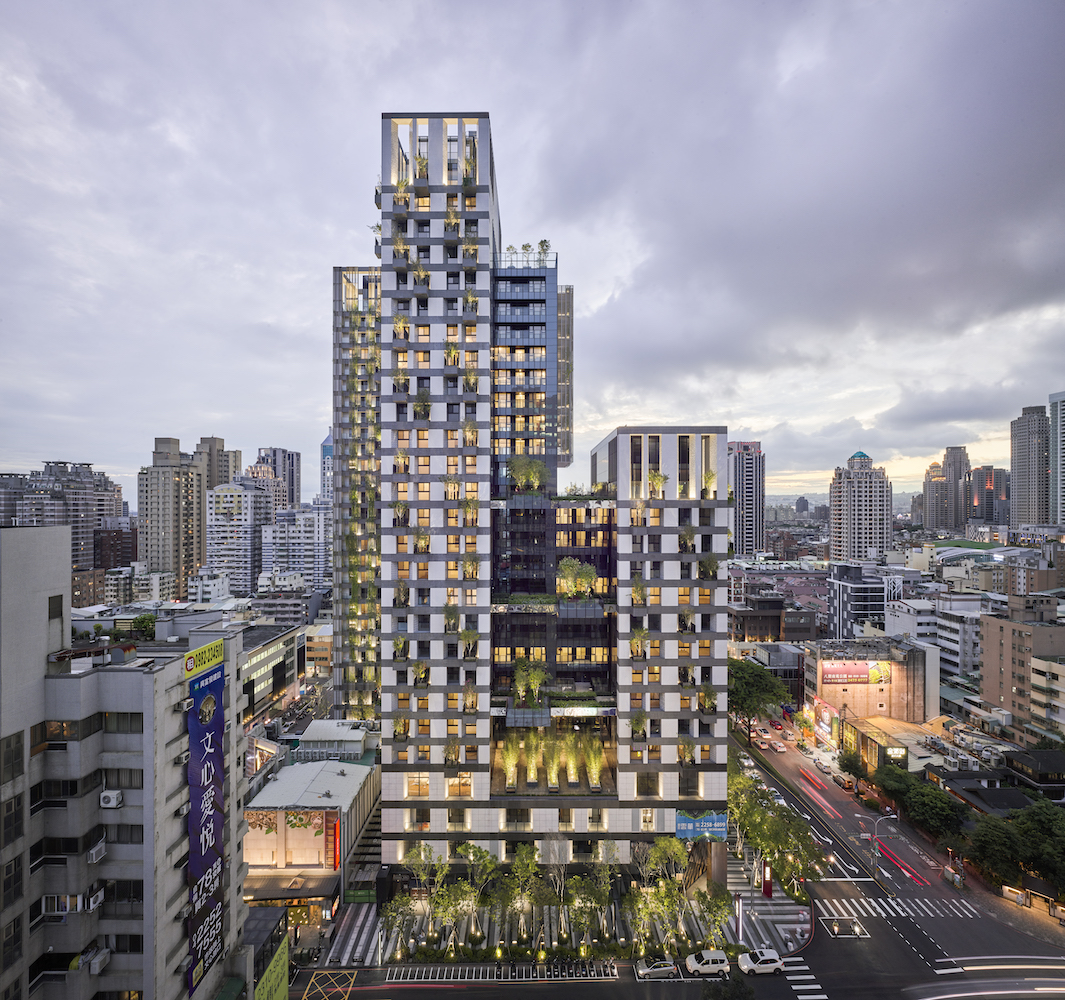
Sky Green, photo by Kuomin Lee, courtesy of WOHA.
WW: WOHA’s Alila Hotel-Uluwatu in Bali incorporates its natural surroundings while adhering to strict ecologically sensitive measures in construction and materials. How are you designing with sustainability in mind?
RH: One simple way would be to lower the building’s energy and water consumption. You can implement passive strategies like cross-ventilation, sun-shading, rainwater recycling, and photovoltaic systems. We use landscaping as a facade that shades the building from the hot tropical sun. The plants transform the sun’s energy to chemical bonds rather than radiating the heat to the building surface. This means we can reduce air-conditioning in the interior of the building. We also move functions that are typically indoors to naturally ventilated spaces. We’ve done studies that show that the plants cool down the ambient temperature around the building, create pleasant microclimates that encourage outdoor activities.
WW: A recent example of this is also your Oasia Hotel Downtown—a high-rise tower in the middle of Singapore’s dense Central Business District. Can you tell us about that?
RH: We’ve wrapped the entire building in a low-maintenance green envelope, and its surface temperature measures at around 25 degrees (centigrade) versus the 55 degrees of a neighboring building that is wrapped in glass and steel. On a normal day, Singapore’s average temperature is around 30 to 32 degrees.
One building alone won’t make a huge impact, but we see the Oasia tower as a prototype that shows what could be achieved if more buildings were designed this way. Imagine having multiple buildings like it dotted throughout a very dense district. They would combat the urban heat island effect and lower the city’s temperature.
WW: What is your personal relationship to nature?
RH: Both Mun Summ and I have had a keen interest in nature and natural sciences from childhood. Mun Summ’s father worked at the Raffes Institution in Singapore, and he has early memories of playing with skeletons and insects at his father’s laboratory. My father is a geologist and my mother a microbiologist, and my siblings went on to study physics and mathematics. We have a shared science- and data-driven approach to design. Because we both feel this connection to nature and have a strong desire to look after our beautiful planet, it became part of the firm’s DNA when we founded WOHA.
WW: WOHA’s recently completed Sky Green project in Taichung, Taiwan, features trees and plants on every level. Can you tell us about designing this project embedded with nature?
RH: Sky Green is a mixed-use development located at the heart of Taichung in a densely developed and vibrant neighborhood. It’s the first high-density development in Taichung that also provides high amenity with its recreational facilities and ample integrated green spaces.
It was a special project for us because we were commissioned to design this development after we were invited by the Taichung City Government and Feng Chia University to bring our exhibition “Breathing Architecture” to Taichung.
This exhibition was part of a program initiated by the city government’s Gateway Project Masterplan, which focused on the design principles of sustainability, low carbon emissions, and smart cities. The government was in the process of drafting new regulations to make Taichung a greener, more livable city in its next phase of development. Sky Green is the prototype that helped define the benchmark for new developments in the city, and demonstrated the appeal of this approach.
The development achieves a green plot ratio of over 300 percent, three times the size of its footprint. Every apartment looks out into greenery, no matter which floor it is on. After spending so much time at home in the past pandemic year, many people have become more aware of the visual relief that greenery give us and the sense of calm and wellness. In Sky Green there are many common spaces, even an urban farm on the rooftop, so there are many opportunities for people to get to know each other and build a community.
The architectural strategies of Sky Green are new for Taichung but have been tested and developed by us over almost three decades. This project is located in a subtropical climate, so the design has been adapted to suit the local culture and climate, as well as to ensure safety during earthquakes and typhoons.
WW: WOHA currently has projects under construction in Singapore, Bangladesh, China, and Australia—some to be completed this year, like The Hedberg in Hobart. What was your approach to this mixed-use cultural venue?
RH: The Hedberg project is a collaboration of Liminal Studio and WOHA— it’s an adaptive reuse of heritage buildings, extending longevity, with new facilities in a contemporary layer. It includes Australia’s oldest and continuously operating theater, the historic Theatre Royal, combining it with a thriving music and performance hub, world-class performance venues, a new home for the Conservatorium of Music as well as front and back of house support spaces. The intervention ensures accessibility to all levels of the Theatre Royal and integrates cutting-edge technologies that facilitate local and global exchanges. The design strategy balances the theatrics of the building’s purpose with sensitivity to its creative context.
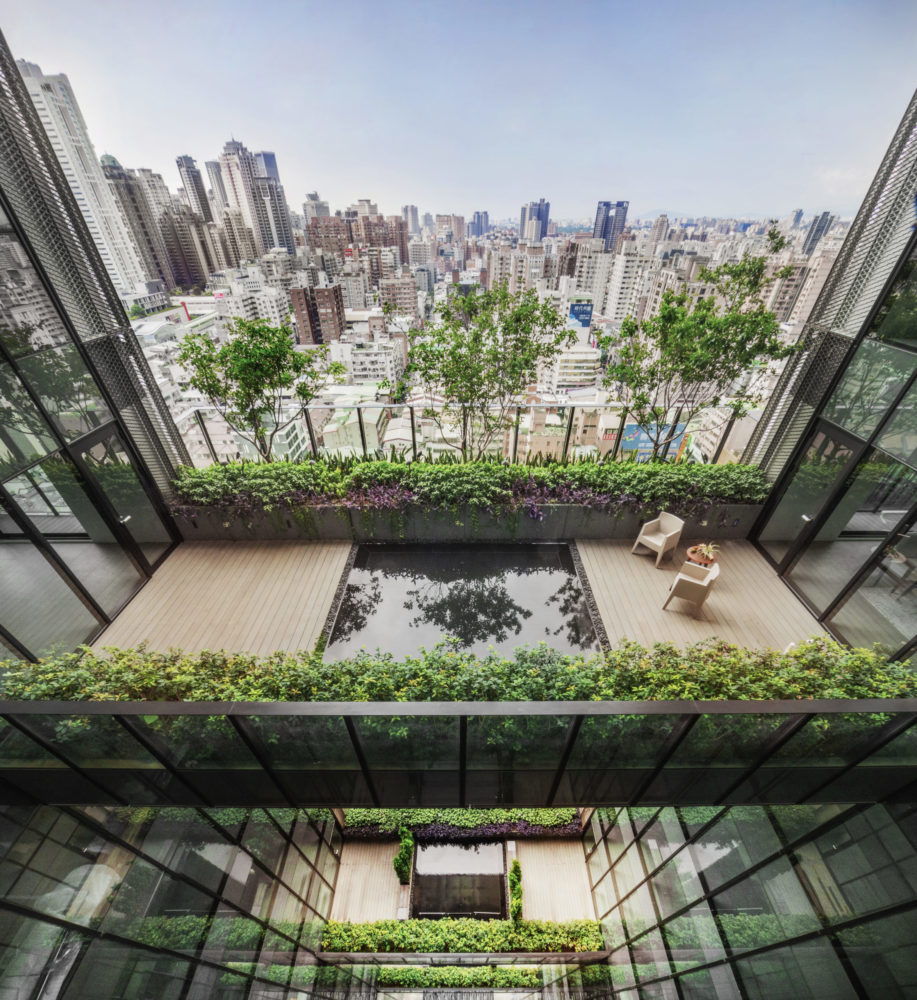
Sky Green, photo by Kuomin Lee, courtesy of WOHA.
WW: The studio is also expected to unveil the Singapore Pavilion for the Expo in Dubai, featuring an oasis of lush green pathways in the Arabian Desert. What was special to highlight?
RH: The Singapore Pavilion is a prototype that demonstrates it is possible to make a lush oasis that is self-sufficient in energy and water in the desert. It includes strategies that can be scaled up to a district or city level. It shows that the built environment does not always have to displace nature but regenerate or even exceed in increasing biodiversity, providing more space for trees and habitat.
The theme of the pavilion is “Nature, Nurture, Future,” and it encapsulates Singapore’s story of overcoming its physical limitations as a small island city-state and adapting itself to become a livable and biophilic city of the future. It is designed as a self-sufficient ecosystem: It uses a ground water desalination system and is powered entirely by photovoltaic panels to achieve net-zero energy and water consumption during the six months of operation.
WW: Has the global COVID-19 pandemic impacted the way you view your practice, or its approach to design moving forward?
RH: The pandemic has not so much impacted the way we view our practice, because we’ve always placed great emphasis on biophilic, healthy human- and nature-centric design. Aspects that are really important—like access to natural light, greenery, and natural ventilation—have already been part of our design strategies; the pandemic has just confirmed these are very important.
The pandemic has greatly impacted how we work. It forced everyone to embrace becoming more “digitally able,” working from home, and shopping or taking classes online. We’ve always had flexible working arrangements at our office, but the current situation showed us that we were able to adapt, meet our deadlines, and continue to be productive, even when we’re not all together.
Where we may have been more hesitant to have extensive working-from-home- arrangements before, we now have the data to draw upon to redesign how we work together in the future.
The other thing that’s been very positive is that our perception of what “far away” is has changed. Collaborators that are overseas are now just as close as a colleague here in Singapore. That makes international collaborations just as easy as working with someone in the same city.
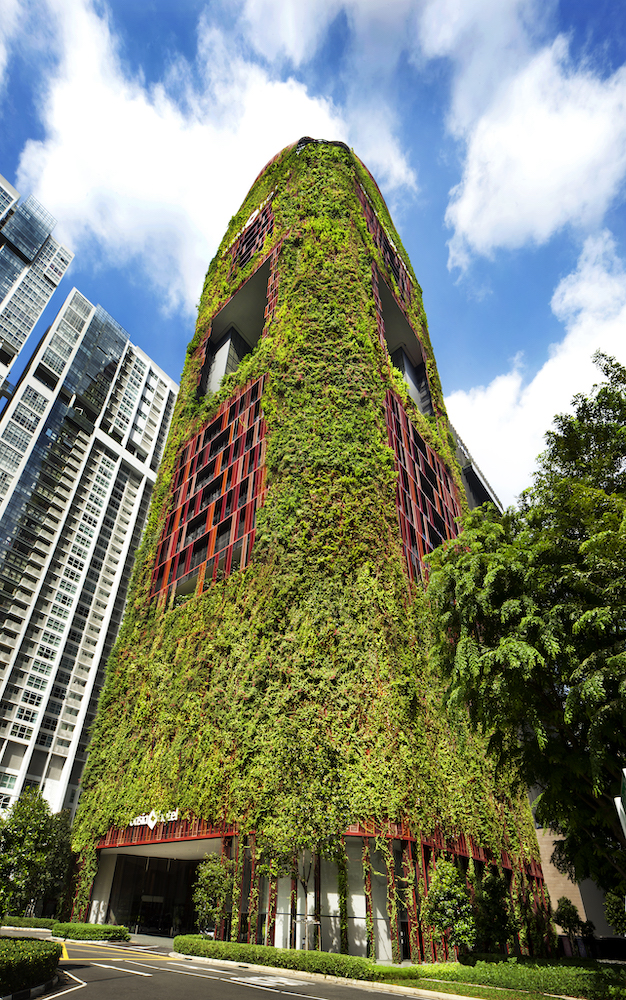
Oasia Hotel Downtown, photo by Patrick Bingham-Hall, courtesy of WOHA.


